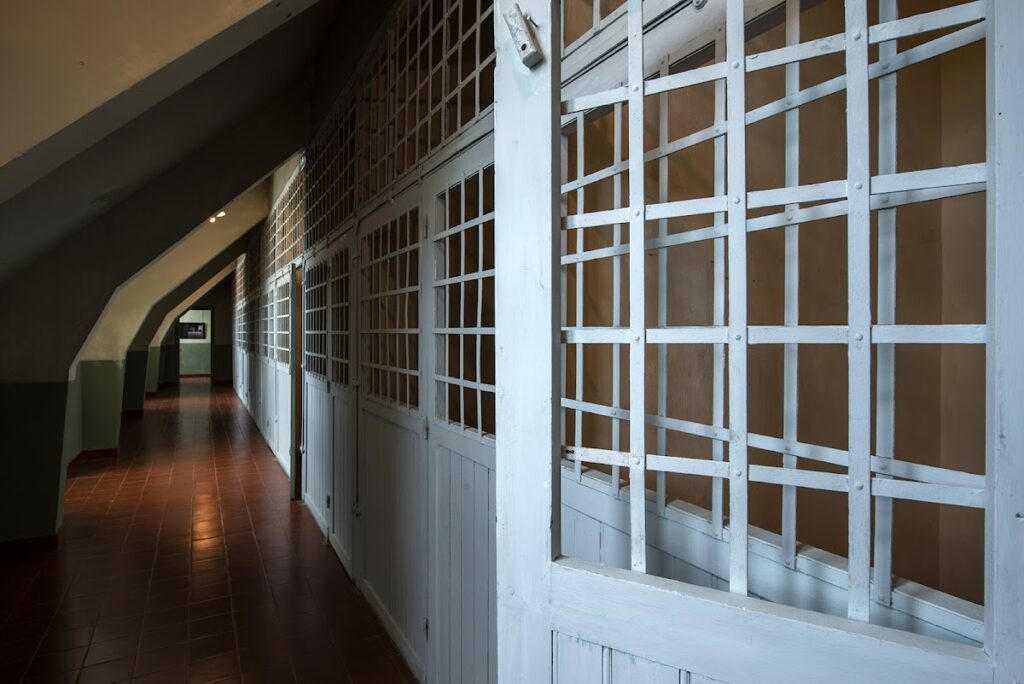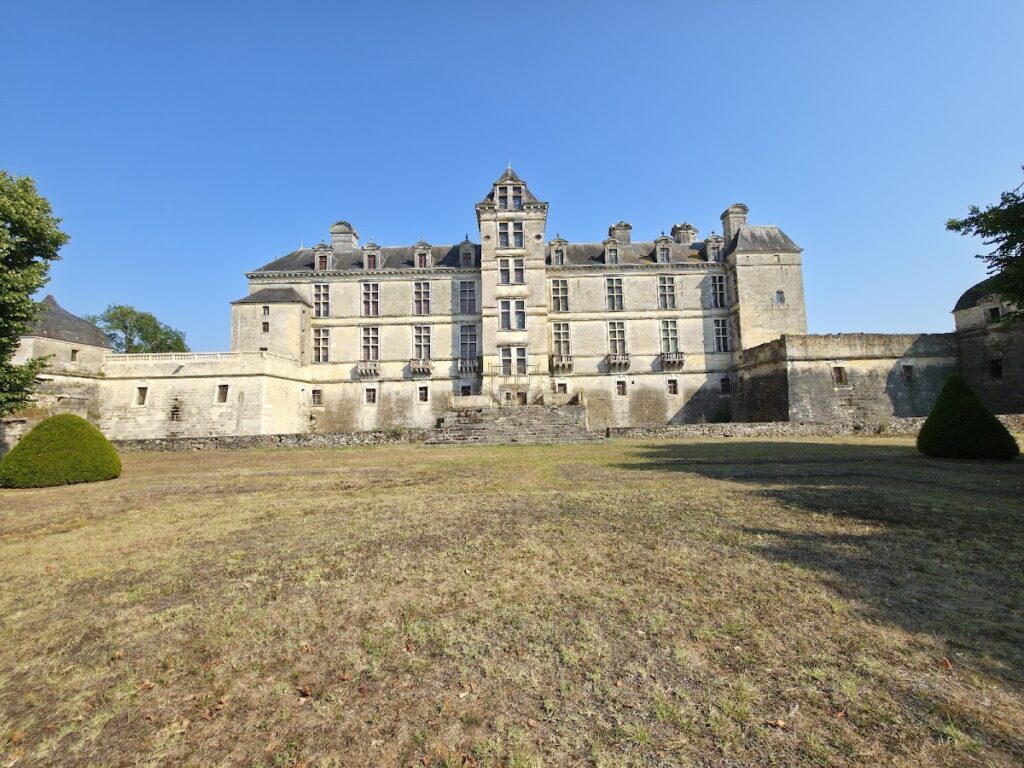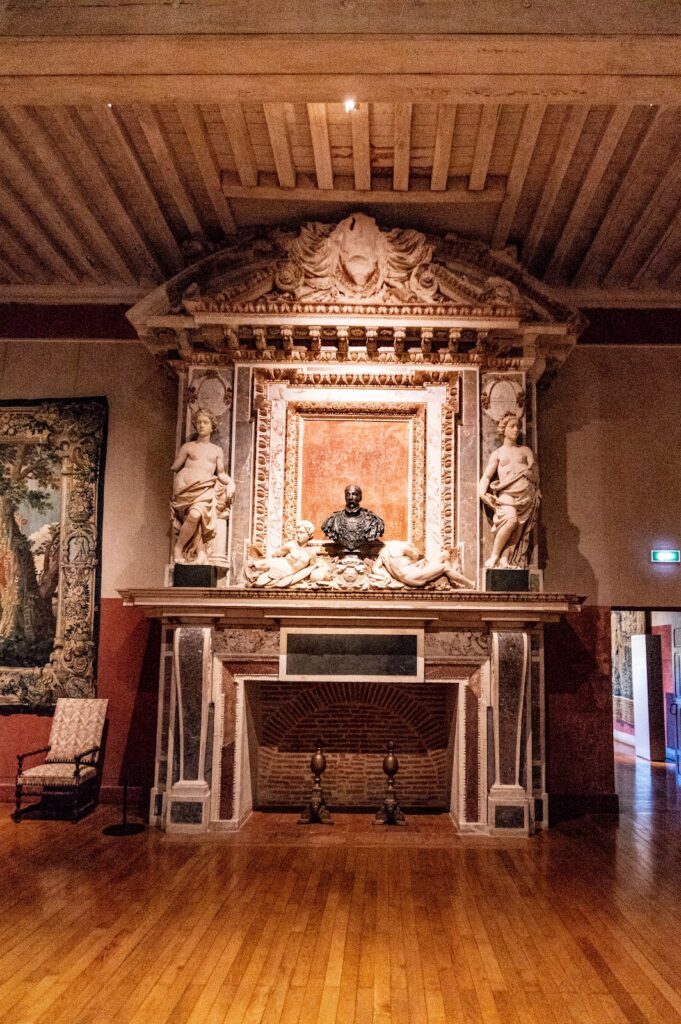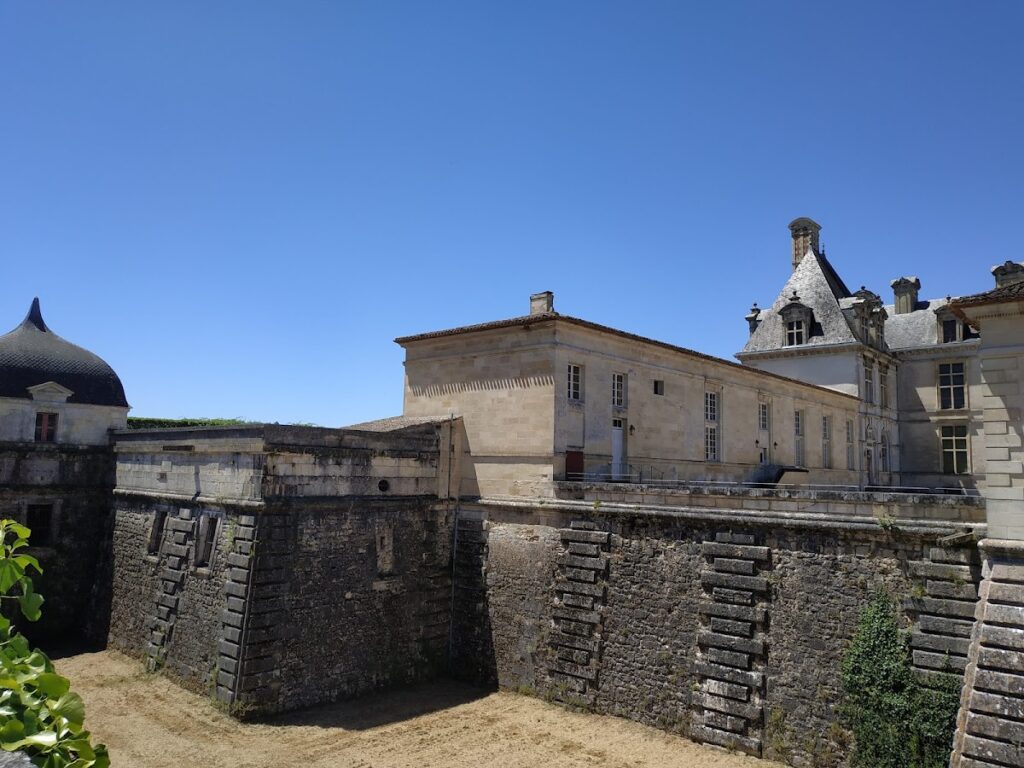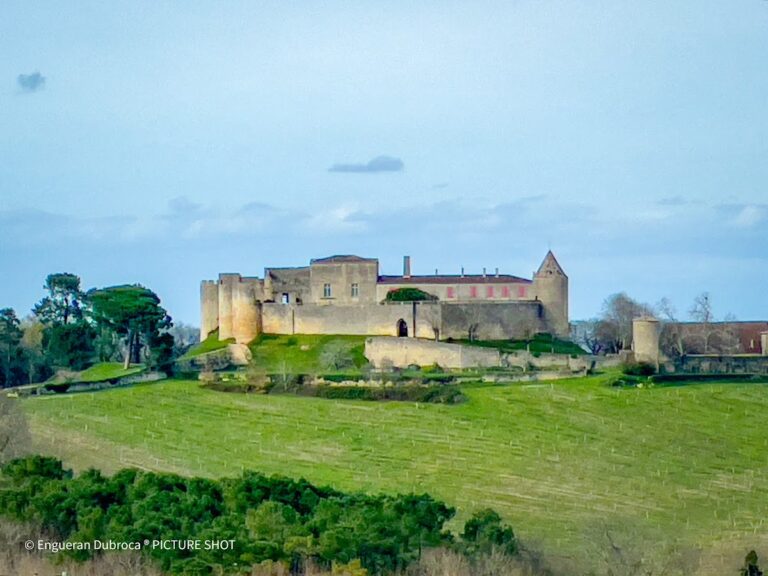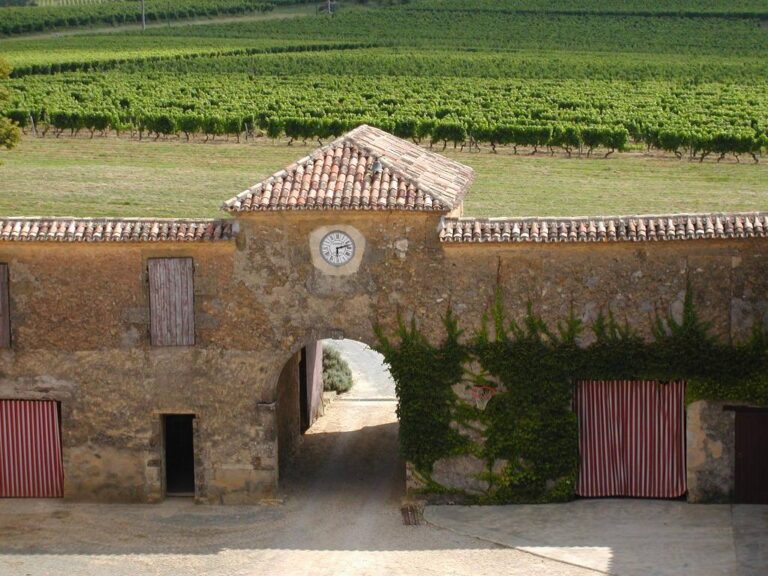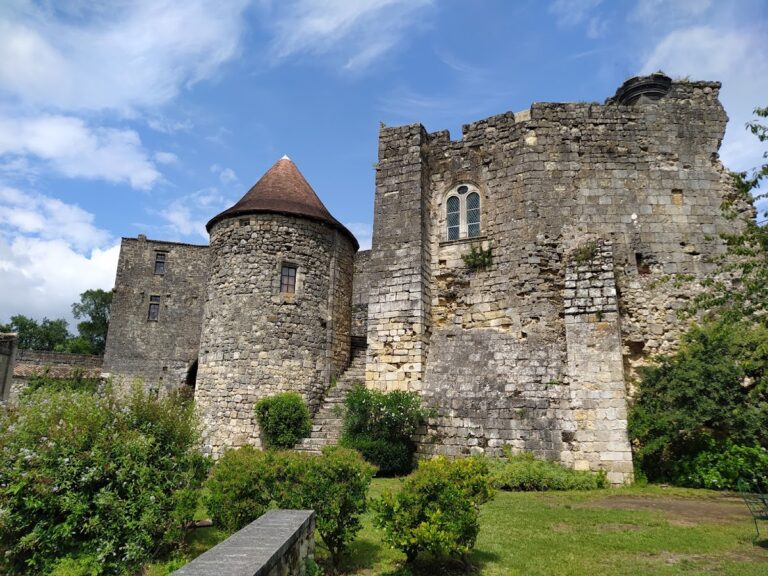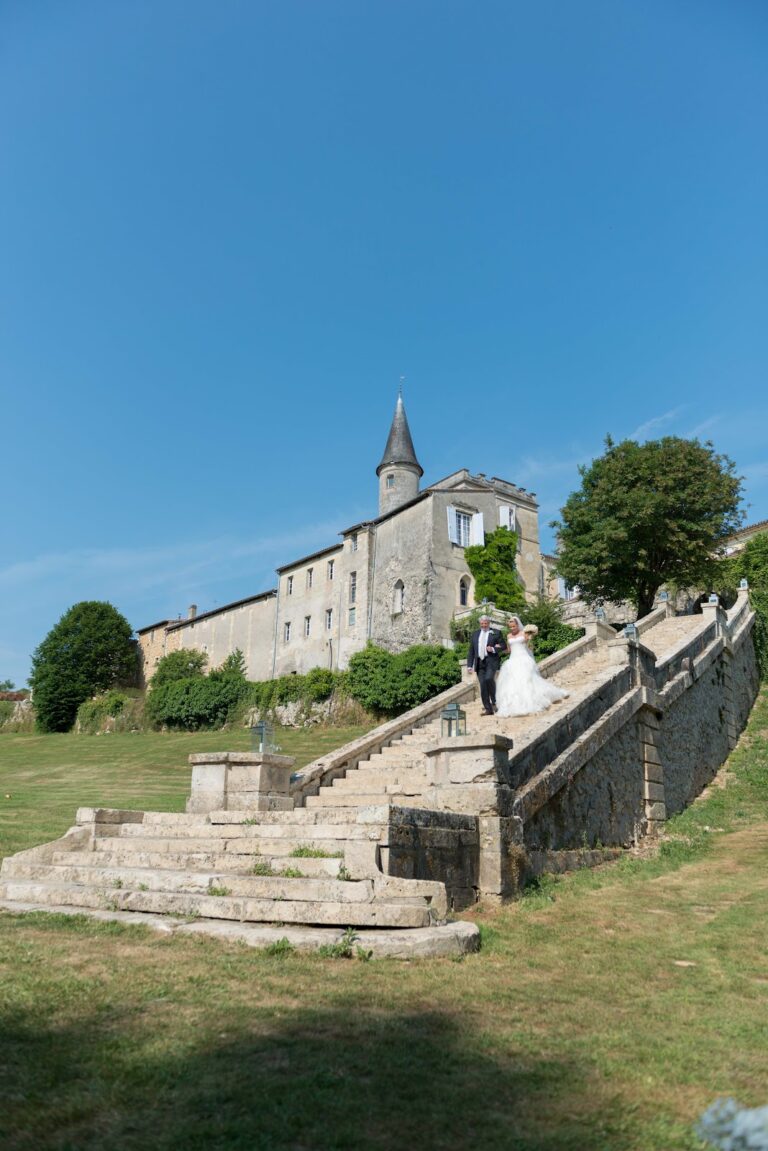Château de Cadillac: A Historic French Château in Southwestern France
Visitor Information
Google Rating: 4.3
Popularity: Medium
Official Website: www.chateau-cadillac.fr
Country: France
Civilization: Unclassified
Site type: Military
Remains: Castle
History
The Château de Cadillac stands in the town of Cadillac in southwestern France and was built under the direction of the Gascon noble Jean-Louis de Nogaret de La Valette, the first Duke of Épernon, during the late 16th and early 17th centuries. Épernon was a favorite of King Henri III and played a significant role at the royal court, gathering numerous honors and wealth, though he eventually died under a cloud of disgrace during the reign of Louis XIII.
Constructed on the site of a former fortified town, the château replaced part of the existing defenses to create a residence reflecting both Renaissance and emerging classical architectural styles. Épernon’s tenure saw not only the establishment of the château’s impressive structure but also the foundation of a temporary tapestry workshop. Led by the artisan Claude de La Pierre, this workshop produced a notable series of tapestries titled “L’Histoire du roy Henry Troisième” between 1632 and 1637, adding an artistic dimension to the château’s cultural importance.
In the mid-18th century, significant alterations occurred when the château’s original defensive elements, including two monumental wings, four corner pavilions, and the enclosing wall, were dismantled and their stones sold. The château’s fortunes shifted markedly during the French Revolution when it was seized by revolutionary authorities. During the 19th century, the site was repurposed as a prison. This new use prompted construction alterations, including the addition of two wings and a concierge’s lodge to accommodate its new role.
From 1880 onward, reflecting changing social needs, the château was adapted once again to serve as a school dedicated to the education and preservation of young women. This phase included both structural and functional transformations. A significant fire in 1928 caused damage, yet the château continued to operate as a public educational institution under surveillance until its closure in 1952. Afterward, the penitentiary administration returned the château to the Ministry of Culture. Today, the château is preserved and managed by the Centre des monuments nationaux, which oversees its restoration and ongoing maintenance.
Remains
The original Château de Cadillac was designed with a grand scheme centered on a large enclosed courtyard, framed by two substantial wings and four corner pavilions. This layout, expressing a transitional style between Renaissance elegance and early classical order, was originally surrounded by a defensive wall that contributed to the château’s fortified character. However, in the mid-18th century, these enclosing structures, including the corner pavilions and the wall, were removed, and their stones were dispersed, leaving only parts of the original ensemble intact.
The current château features two wings and a concierge’s lodge, which were incorporated during the 19th century while the building functioned as a prison. These additions altered the château’s silhouette and indicate the architectural adaptation to its penal role. The site also retains moats and a garden area. The garden, confined by the town’s historical fortifications, underwent restoration toward the end of the 20th century and is accessible from the town, preserving some of the original integration between the château and its surroundings.
Inside, the château retains a rich collection of period elements. Its large interiors include French-style decorative ceilings and painted shutters that provide insight into the artistic tastes of previous eras. Monumental fireplaces further enrich the spaces, highlighting the scale and domestic function of the rooms. The château’s furnishings include tapestries dating back to the 16th and 17th centuries, connected to the original ducal collections and reflecting the artistic patronage of its early inhabitants.
The building’s spatial complexity extends beneath the main floors to basement areas, where kitchens and echo chambers (rooms designed to carry or amplify sound) are located. These features illustrate the château’s multifunctional nature, accommodating both residential life and operational needs. Classified as a historic monument since 1862, the château, along with its moats and garden, benefits from state protection. The garden’s potager gate received additional heritage status in 1965, underscoring the ongoing attention to preserving the site’s historic character.
